25000
Type of resources
Available actions
Topics
Keywords
Contact for the resource
Provided by
Years
Formats
Representation types
Update frequencies
status
Scale
-
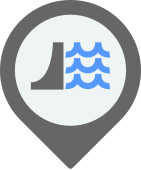
Les barrages sont à l’origine de modifications significatives du régime hydrologique, de la température de l’eau et des flux biologiques et biogéochimiques. C’est le cas des barrages de Vezins et de la Roche qui Boit, présents sur le cours principal de la Sélune, et d’autres plus petits obstacles qui fragmentent le bassin versant de la Sélune. Cette couche représente les barrages hydroélectriques de la Sélune, avec les batiments associés, en lien avec la production électrique. La géométrie de ces polygones est issue de plusieurs sources : BD Topo, OpenStreetMap (de 2019), complétée par photointerprétation. Des informations extraites du livre « Quand les rivières reprennent leur cours – Notes sur l’effacement de barrages et de seuils, sur la Sélune et ailleurs » ont été ajoutées pour décrire l'état (en service ou arasé), la nature et les caractérisques physiques de ces barrages.
-
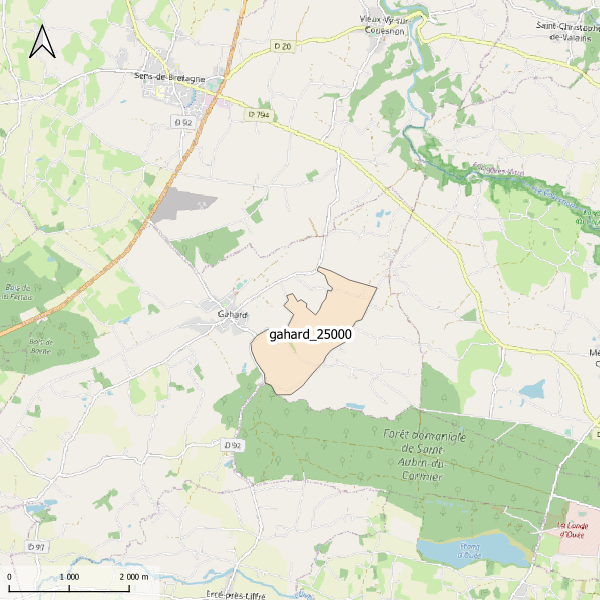
Emprise de la carte pédologique de Gahard au 1/25000. La donnée de base, au format image scannée, n'est pas publiée.
-
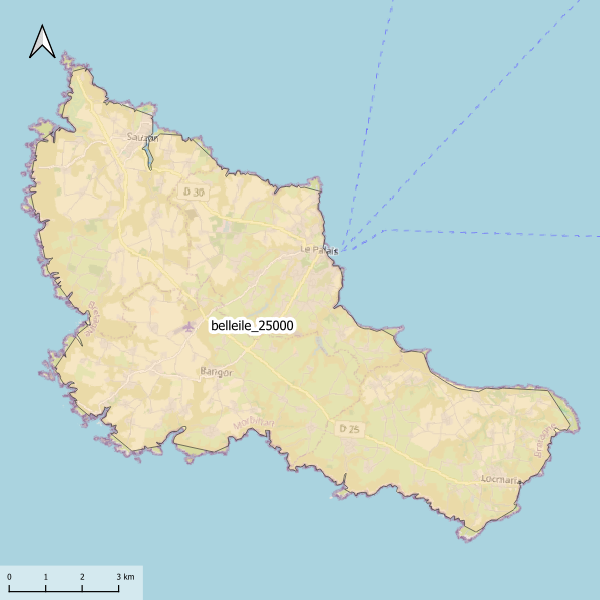
Emprise de la carte pédologique de Belle-Île-en-Mer au 1/25000. La donnée de base, au format image scannée, n'est pas publiée.
-
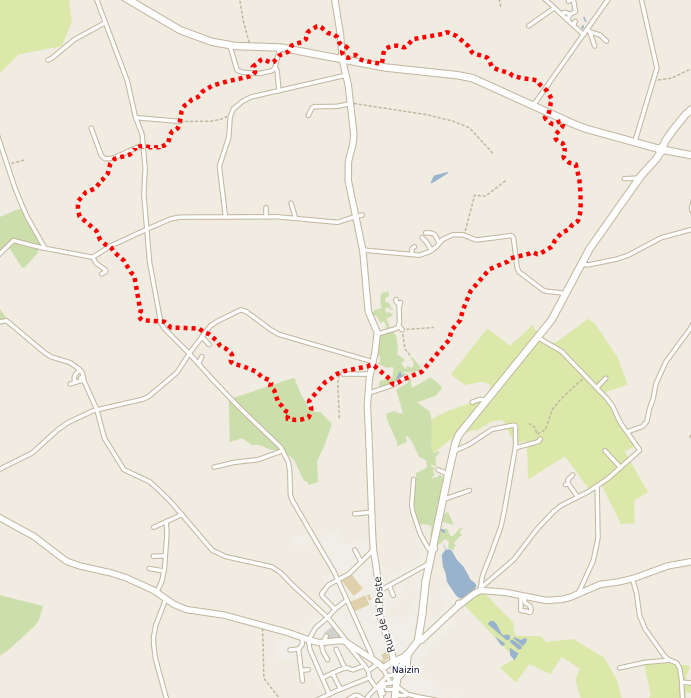
Représentation du contour du bassin versant de Kervidy à l'amont du site de Naizin dans le Morbihan. Naizin est une des 2 sites de l'Observatoire de Recherche en Environnement (ORE) AgrHyS de l'INRAE. Traitement réalisé à partir du Modèle Numérique de Terrain de Mégalis à 20 m. de résolution. Ce contour correspond au bassin versant de 5km2 du cours d'eau du Coetdan, bassin sur lequel les observations hydrochimiques sont concentrées depuis 1993.
-
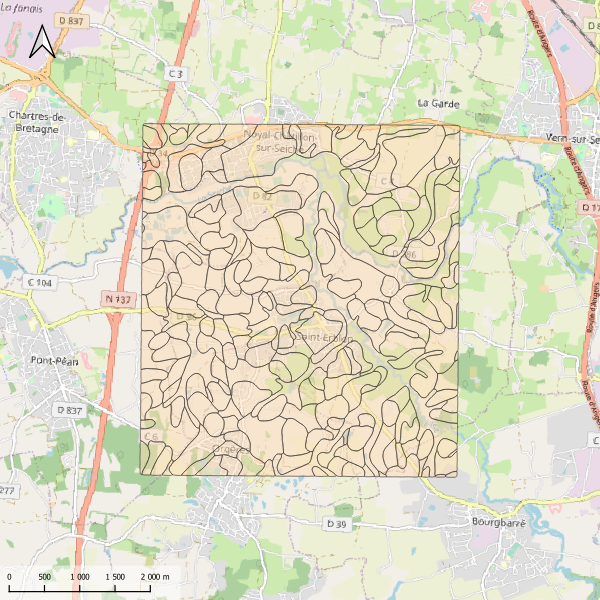
Carte pédologique du sud de Rennes au 1/25000. La codification correspond au code 4 critères des sols du Massif armoricain (voir ressources en ligne). Les champs de la table attributaire sont : - SUB : Matériau(x) parental(ux) à partir du(des)quel(s) se développe le sol - HYD : Classe d'hydromorphie, de 0 (sol bien drainé) à 9 (sol extrêmement hydromorphie) - TYPE : Développement de profil défini à partir de la succession des horizons - PROF : Profondeur du sol, classée de 1 (sols très épais) à 6 (sols superficiels) - CODE4C : code 4 critères issu de la concaténation des champs précédents. Les valeurs prises par les différents champs pour chaque entité sont détaillées dans la méthode 4 critères (voir ressources en ligne). - UTS : Numéro d'Unité Typologique de Sol issue du Référentiel Régional Pédologique de Bretagne.
-
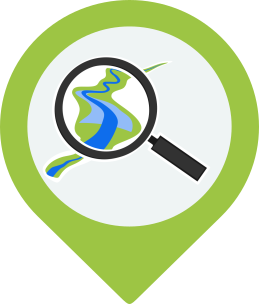
Les macrophytes sont un ensemble de plantes aquatiques. Elles se situent à la base de la chaine alimentaire et peuvent fournir un habitat à de nombreuses autres espèces. Dans le cadre de l'observatoire Sélune ont été disposées des stations pilotes le long du cours principal de la Sélune, réparties de l’amont à l’aval des barrages hydroélectriques. Trois stations se situent dans les anciennes retenues des barrages, les deux autres, dites de référence, sont hors zone d'influence des anciens barrages (l'une étant en aval et l'autre en amont). Dans ces stations, les biocénoses aquatiques (incluant macroinvertébrés benthiques, biofilms, macrophytes...) sont suivies. Les paramètres suivis sont la composition spécifique et le recouvrement, sur 8 stations du cours principal situées à l’amont, à l’aval et sur les zones néo-lotiques des communautés de macrophytes. La fréquence du suivi consiste en une campagne annuelle pour les stations hors retenues (S0, S1 et S5) et deux campagnes annuelles (printemps/automne) pour les stations néo-lotiques (S2, S3.4, S4.1 et S6). Le protocole mis en œuvre est le protocole d’échantillonnage des macrophytes et bryophytes suivant la norme NF T90-395 (octobre 2003) qui définit l’IBMR. Les taxa sont prélevés pour être identifiés en laboratoire. Cette couche donne la localisation des secteurs d'étude utilisés dans le suivi des macrophytes ainsi que les campagnes réalisées et la mésologie identifiée sur ces différentes campagne.
-
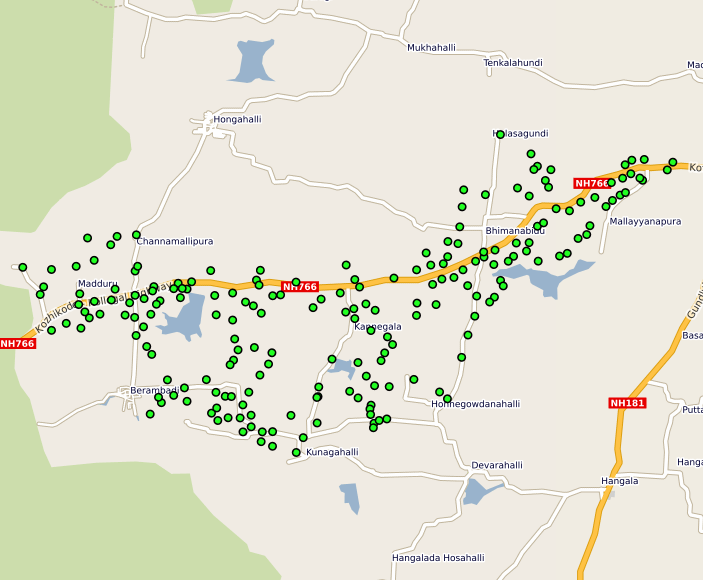
This vector map indicate the Berambadi Monitoring Borewell Locations
-

Le cours amont de la Sélune n'est pas accessible aux poissons migrateurs du fait des deux barrages hydroélectriques. Les lamproies sont bloquées à une quinzaine de kilomètres de la mer par le premier barrage infranchissable de la Roche qui boit. La méthode utilisée pour échantillonner les lamproies est celle mise au point par Lasne et al. (2010) permettant de prélever plus efficacement les individus de très petite taille que par pêche électrique. La méthode s’appuie sur l’utilisation d’un outil dérivé du filet de Surber, permettant de prélever les ammocètes de façon standardisée. Cette enceinte permet de réaliser des prélèvements ponctuels, à la manière des EPA. La réalisation d’un point de prélèvement se déroule en plusieurs étapes. Après avoir localisé un microhabitat favorable, une caisse est enfouie dans le substrat jusqu’à une profondeur d’environ 15 cm. L’opérateur prélève alors le substrat et le dépose dans le filet. La colonne d’eau dans la caisse est filtrée et les sédiments dans le filet déposés sur un tamis afin de récupérer toutes les ammocètes. Ces dernières sont mesurées et des prélèvements génétiques sont effectués lorsque leur taille le permet. Un total de 30 prélèvements maximum est effectué par station. Cette donnée comprend les abondances observées lors des échantillonnages de lamproies selon les années d'étude 2013, 2015, 2019 et 2021.
-

Le cours amont de la Sélune n'est pas accessible aux poissons migrateurs du fait des deux barrages hydroélectriques. Les lamproies sont bloquées à une quinzaine de kilomètres de la mer par le premier barrage infranchissable de la Roche qui boit. La méthode utilisée pour échantillonner les lamproies est celle mise au point par Lasne et al. (2010) permettant de prélever plus efficacement les individus de très petite taille que par pêche électrique. La méthode s’appuie sur l’utilisation d’un outil dérivé du filet de Surber, permettant de prélever les ammocètes de façon standardisée. Cette enceinte permet de réaliser des prélèvements ponctuels, à la manière des EPA. La réalisation d’un point de prélèvement se déroule en plusieurs étapes. Après avoir localisé un microhabitat favorable, une caisse est enfouie dans le substrat jusqu’à une profondeur d’environ 15 cm. L’opérateur prélève alors le substrat et le dépose dans le filet. La colonne d’eau dans la caisse est filtrée et les sédiments dans le filet déposés sur un tamis afin de récupérer toutes les ammocètes. Ces dernières sont mesurées et des prélèvements génétiques sont effectués lorsque leur taille le permet. Un total de 30 prélèvements maximum est effectué par station. Ce tableau contient les données individuelles sur les lamproies capturées selon les années d'étude 2013, 2015, 2019 et 2021.
-

L’écrevisse invasive Pacifastacus leniusculus, également appelée écrevisse de Californie ou Signal est présente sur le bassin de la Sélune depuis plusieurs années mais cantonnée à l’amont par les retenues d’eau des barrages. Son habitat potentiel va être considérablement étendu du fait de la renaturation de la vallée de la Sélune. L’objectif de ce suivi est de décrire si, et à quelle vitesse les Pacifastacus colonisent l’aval de la Sélune au fur et à mesure de son retour à un état lotique ("rivière courante"), et si de là elles colonisent les affluents auparavant inaccessibles car débouchant directement dans les retenues d’eau. Le suivi est réalisé à travers deux campagnes annuelles de suivi, au printemps et à l’automne. La présence de Pacifastacus est recherchée par piégeage via l’Indice d’Abondance Ecrevisse IAE. L’IAE est réalisé sur les stations les plus sensibles du front de colonisation et consiste à poser 15 nasses non appâtées durant 24 heures, installées tous les 10 mètres au minimum. Les Pacifastacus capturées sont comptées, sexées et conservées entières au congélateur pour mesures biométriques ultérieures en laboratoire. Le suivi comprend les données pour les années 2018, 2019 et 2021.
 Catalogue GéoSAS
Catalogue GéoSAS